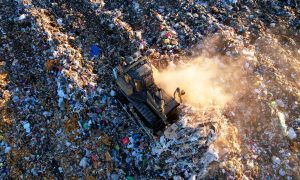It is a poor habit to throw things away; recycling them is excellent. It’s not difficult to recycle; it’s just a matter of adjusting your habits. In practice, recycling takes place in one of 2 ways. Either your local government organizes a door-to-door collection (also known as curbside recycling), or you bring your recyclables to a recycling center and sort them into separate bins.
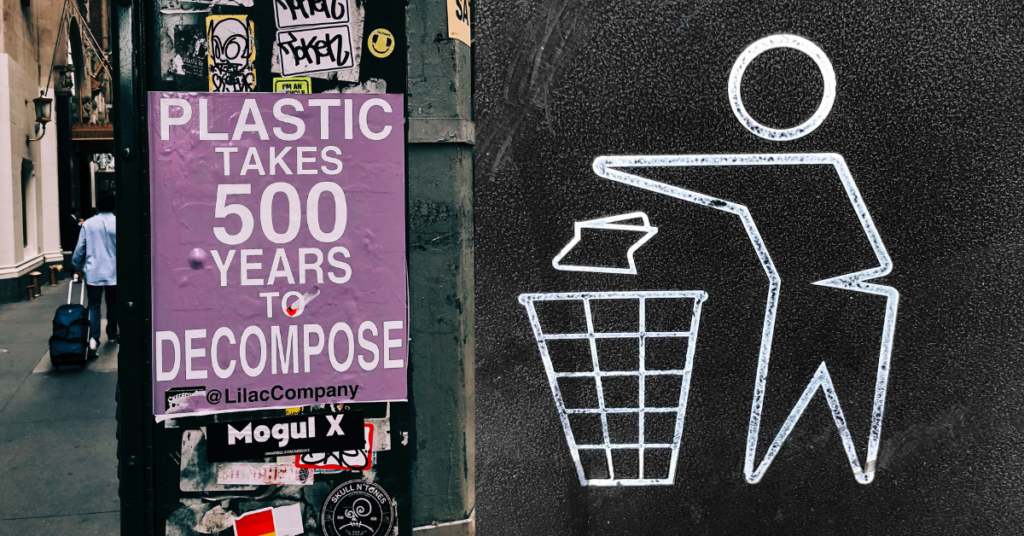
Waste from the kitchen and garden
Producing your homemade compost—a rich, granular, earthlike material that forms when organic materials biodegrade—can help you recycle up to half of your kitchen and garden trash (are broken down by worms or bacteria). Compost is ideal for use in the garden since it replenishes nutrients in the soil, allowing your plants to thrive. Making your kitchen compost is not only about disposing of expired food. Furthermore, it is less expensive than purchasing it from a garden center, but it is also environmentally friendly than using peat, which would be a vulnerable habitat. You’ll need compost or a large receptacle or something in your yard or backyard to make compost. Composting is more accessible in a garden than in a tower flat on the 23rd floor! Many authorities organize biodegradable garbage pickups and composting in cities at a single location. Waste might take anywhere from a few weeks to a year or more to decompose and become compost. In general, an equal number of “greens” or “browns” should be used.
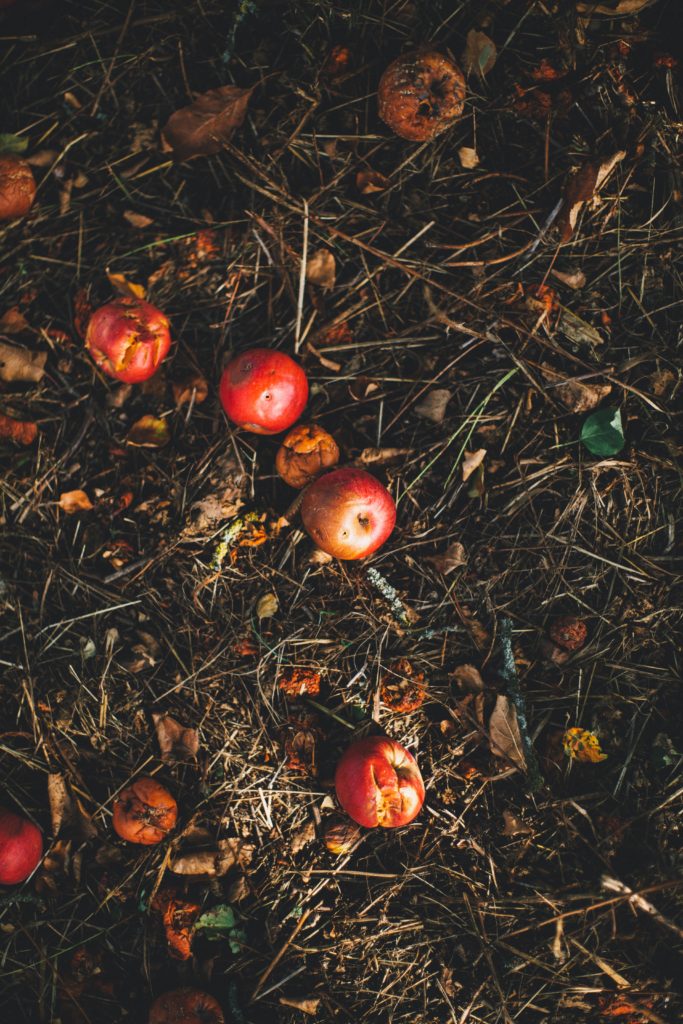
Cardboard and paper
The sad fact is that we’re manufacturing more paper than before after more than four decades. The good news is we’re also recycling more. Unlike some other materials, paper can only be recycled so many times. This is since it is created from plant fibers that have become shorter during the papermaking process. They don’t make a good paper when they’re too short. Some new reports must constantly be introduced during the papermaking process.
One issue with recycling paper is it’s not all created equal. White office printing paper is built from high-quality materials than workplace washroom paper towels. The higher the quality of paper trash, the better the recycled items made from it. As a result, the high-quality white paper gathered from offices can be recycled to generate more high-quality white paper. Old newspapers, junk mail, office paper, and cardboard, on the other hand, can only be utilized to create lower-grade paper goods like “newsprint.” Corrugated cardboard (glue-bound) is more difficult to recycle than thin cardboard used in grocery packaging.
Ink is generally present on waste documents, which must be removed before recycling the paper. Applying bleach to de-ink pieces could damage the environment, as it produces poisonous ink wastes that must be disposed of somehow. So, while recycling paper has numerous advantages, it also has environmental drawbacks.
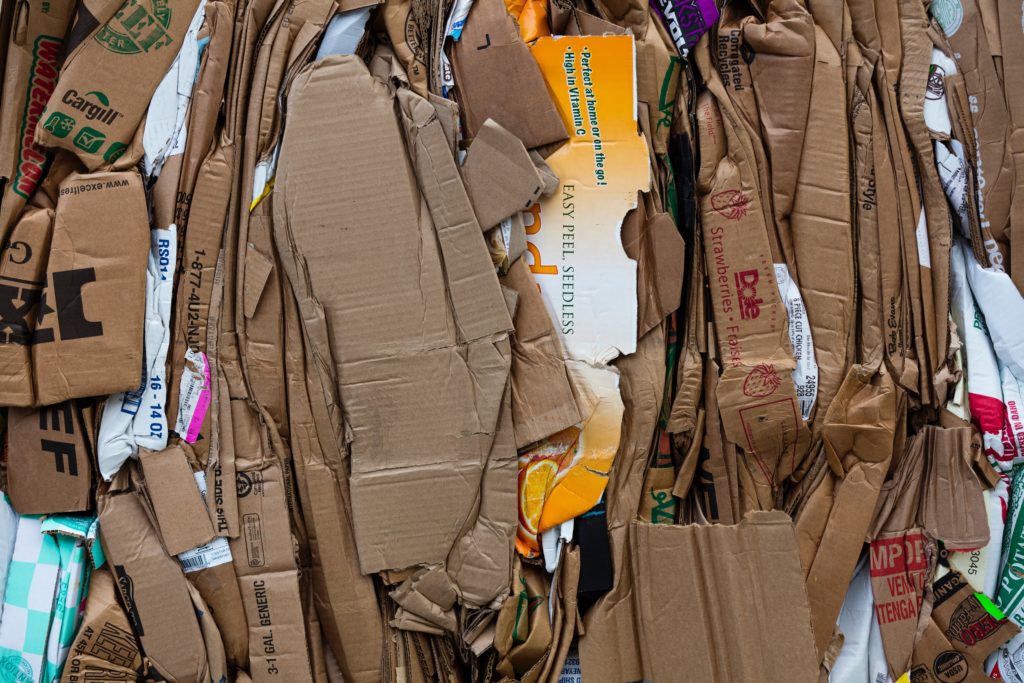
Metal
Food and drink cans and aerosol cans account for most of the metal we toss away at home. Food cans are often steel smelted and repurposed into new cans. Drink cans are usually thinner and lighter and are made of aluminum, which is easily recycled. Aluminum mining is an energy-intensive and environmentally damaging activity. That is why used aluminum can have such a high monetary value or why recycling these is such a brilliant idea.
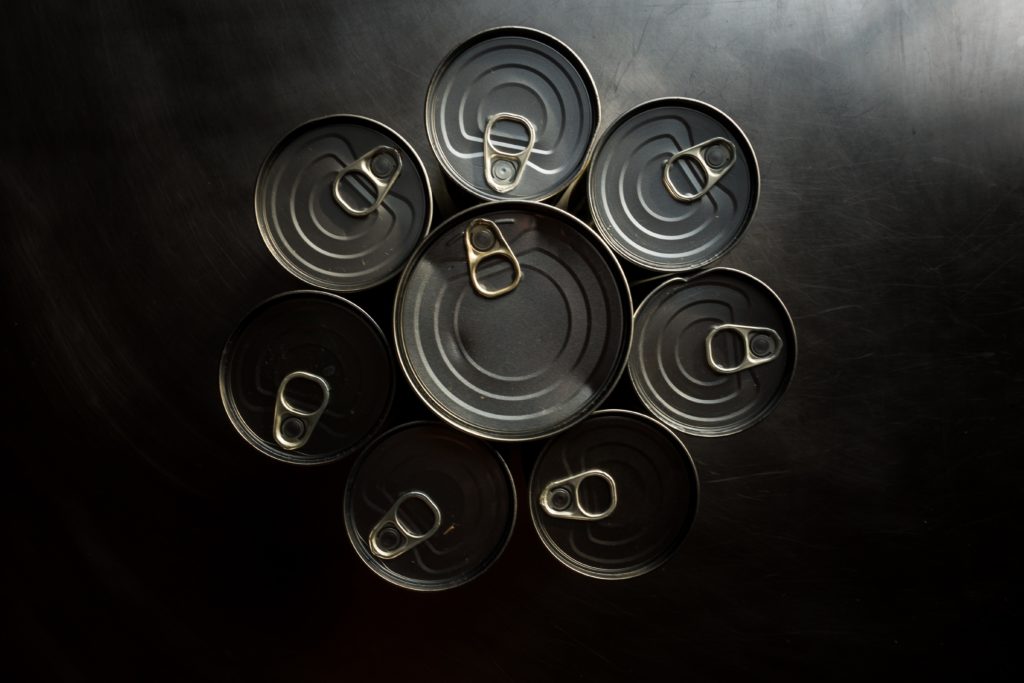
Photos by
Jon Tyson, Gary Chan, Markus Spiske, Jon Moore, Helinton Fantin on Unsplash
References:
Recycling Guide, eponline, EPA, explainthatstuff.com, ismwaste, rubicon.com


